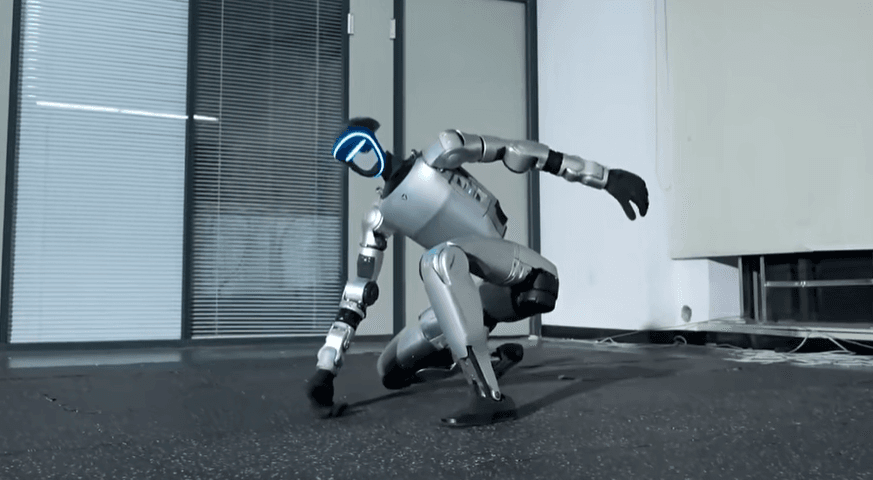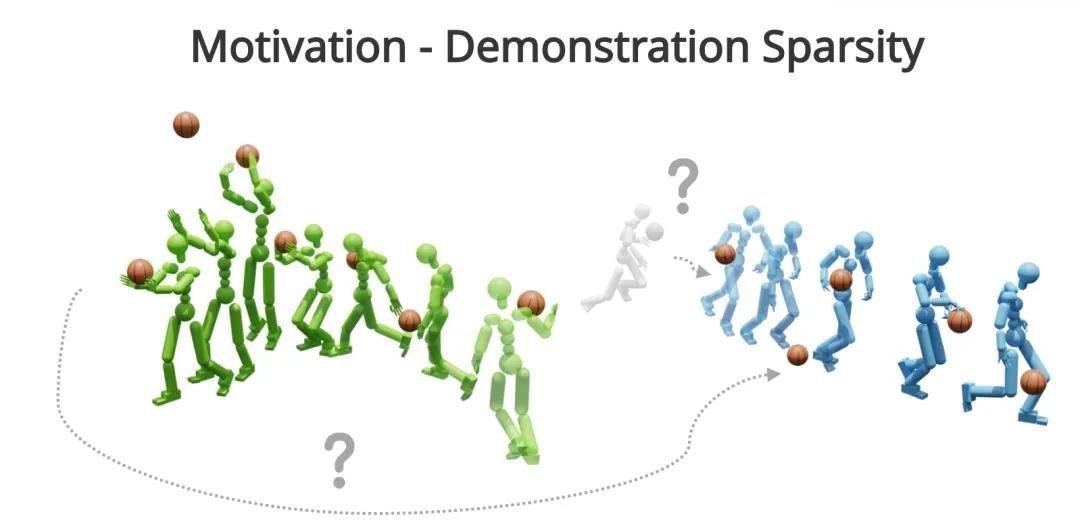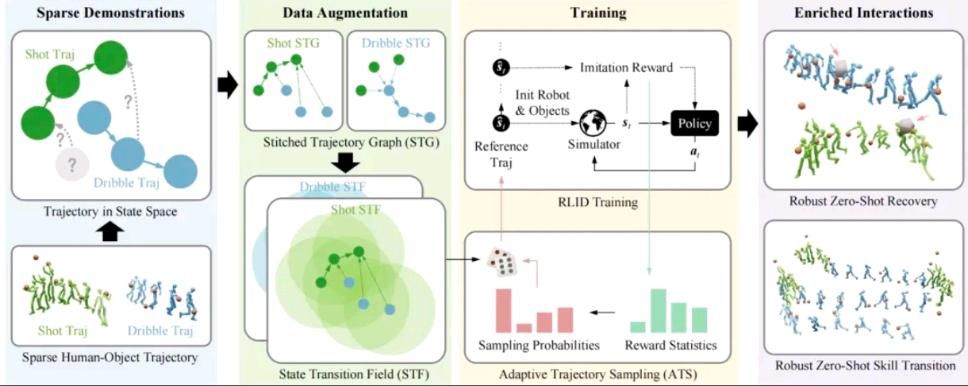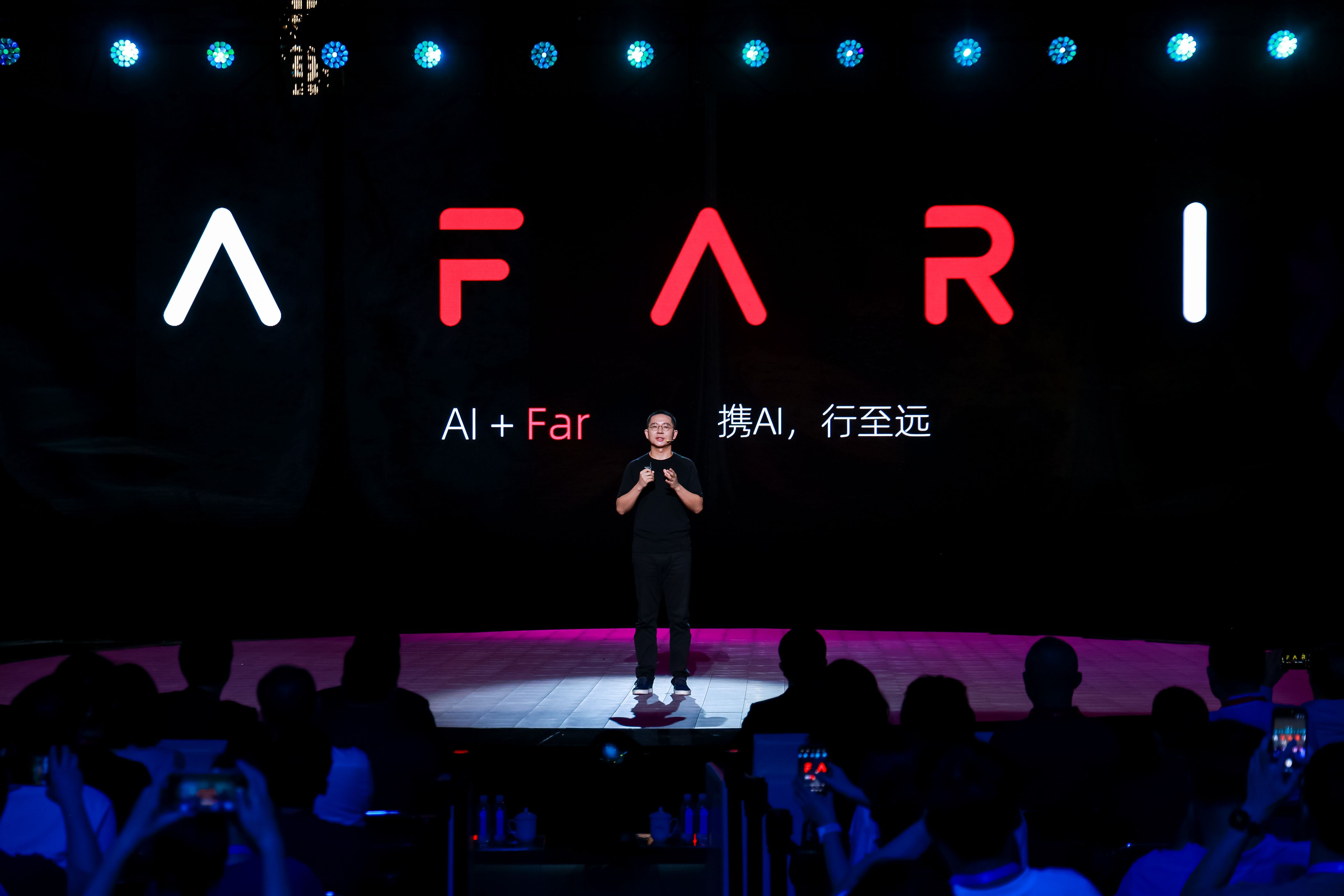
Unitree G1 Nails a Perfect Layup: HKUST Showcases the World’s First Real-World Basketball Robot Demo
Want to read in a language you're more familiar with?
HKUST researchers have unveiled the world’s first real-world basketball robot demo, with a Unitree G1 completing a smooth layup using advanced imitation-learning systems.
A 1.3-meter-tall Unitree G1—nicknamed “Little Potato”—has just delivered a smooth three-step layup in the real world, marking a breakthrough moment in humanoid robot athletic skills. No, it’s not ready for the NBA draft just yet, but this newly unlocked “real-world basketball” ability suggests it may not be long before it earns a starting spot in China’s grassroots “Village BA.”
According to the team, this is the world’s first demo of a robot performing basketball actions in a real environment. The work comes from a research group at the Hong Kong University of Science and Technology (HKUST).

While the researchers have not yet released full technical details, the demo appears to be built upon their previous work on teaching robots basketball skills through imitation learning and physics-based control.
SkillMimic-V2 (SIGGRAPH 2025)
The foundation of this new progress traces back to SkillMimic-V2: Learning Robust and Generalizable Interaction Skills from Sparse and Noisy Demonstrations, accepted to SIGGRAPH 2025.

SkillMimic-V2 tackles one of the biggest problems in reinforcement learning from demonstrations (RLID): real-world movement data is often sparse, noisy, and lacks coverage across skill variations and transitions.
By introducing Stitched Trajectory Graphs (STG), State Transition Fields (STF), and Adaptive Trajectory Sampling (ATS), the system is able to learn smooth, recoverable, generalizable interaction skills—even from imperfect demonstrations.

Traditional motion-capture datasets suffer from three major issues:
- Sparse: Limited variations and no transitional motions.
- Disconnected: Skill segments don’t naturally link together.
- Noisy: Physically impossible or inaccurate states disrupt training.
Instead of collecting cleaner data, the team argues that in theory there exist infinite physically valid trajectories around the imperfect data—enough to bridge skills and enable continuous, robust learning.

To unlock this potential, they propose three key steps:
Stitched Trajectory Graph (STG) The method identifies similar states across different skill trajectories (e.g., between dribbling and layup). It then connects them, creating a graph that unlocks transitions never seen in the raw data.
State Transition Field (STF) During training, the robot starts from randomly sampled nearby states rather than fixed points. Masked intermediate states serve as “time buffers,” pushing the policy to learn recovery behaviors.
Adaptive Trajectory Sampling (ATS) Harder trajectory segments get sampled more often, preventing long-chain failures. These innovations enable skill transitions and robustness far beyond what the sparse, noisy data would normally allow. In simulation (Isaac Gym), the robot can complete layups even under disturbances, and smoothly transition between dribbling and shooting.
Compared with the previous SOTA SkillMimic method, SkillMimic-V2 boosts layup success rates from 0% to 91.5%, and transition success rates from 2.1% to 94.9%.

SkillMimic (CVPR 2025 Highlight)

SkillMimic—the predecessor to V2—was accepted as a CVPR 2025 Highlight. It introduced a unified imitation-reward mechanism and a hierarchical learning framework capable of teaching robots diverse human-object interaction skills (HOI), including basketball actions like dribbling, layups, and shooting.

Its architecture includes:
- A unified HOI imitation reward to learn all skills without handcrafted, skill-specific rewards.
- A hierarchical structure where low-level policies learn interaction skills, and a high-level controller composes them for complex multi-step tasks.
- Large-scale datasets (BallPlay-V & BallPlay-M) collecting around 35 minutes of real basketball interactions.

Compared with DeepMimic and AMP, SkillMimic significantly improves success rates across basketball skills and supports long-horizon control, including dribbling around cones and combining movements.
PhysHOI (2023)
Looking back at the foundations of the SkillMimic research line, the team’s 2023 paper PhysHOI: Physics-Based Imitation of Dynamic Human-Object Interaction marked an early attempt to teach robots basketball skills inside simulation. The work introduced a physics-driven imitation-learning framework designed to capture dynamic human–object interactions (HOI).

In essence, PhysHOI feeds both the current simulated HOI state and the corresponding reference demonstration into a policy model.

The policy then outputs an action, which is executed in a physics simulator to generate the next simulated state. A combination of kinematic rewards and contact–grasp (CG) rewards guides the optimization, encouraging the policy to maximize expected performance. By iterating this loop until convergence, the robot learns to reproduce the HOI behaviors demonstrated in the dataset.

Experiments showed that PhysHOI could robustly handle basketball manipulation even when the ball size varied, laying groundwork for later advancements in real-world robot basketball skills.

One More Thing

A key researcher behind PhysHOI, SkillMimic, and SkillMimic-V2 is Yinhui Wang, now widely referred to online as “the world’s No.1 basketball researcher.” Wang is a second-year PhD student at HKUST under Prof. Peng Tan, with prior studies at Peking University and Xi’an Electronic Science and Technology University, plus internships at IDEA Research, Unitree, and the Shanghai AI Lab.
From early simulations in 2023 to real-world basketball demos in 2025, progress has accelerated rapidly—and with hardware like the Unitree G1 evolving fast, the leap from research to physical performance is happening at unprecedented speed.





